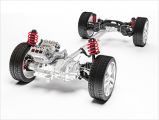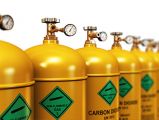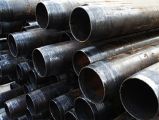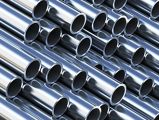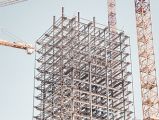Hot Rolled Steel
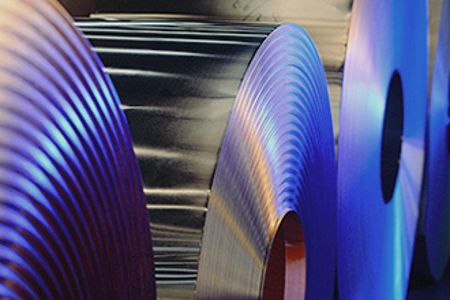
Hot rolled steel products are divided into two groups: hot rolled coils produced through hot rolling and hot rolled steel plates, which are made by cutting material from hot rolled coils. Slabs produced from a continuous casting system are rolled, cooled and coiled into the sizes required by the customers.
POSCO has six hot rolling plants and one high mill plant in Pohang and Gwangyang that produce 9.8 million tons of hot rolled products each year, garnering a global reach. Hot rolled products are used extensively for various applications including machines, architectural structures, car structures, general/API steel pipes and cold rolling.
Product variants
-
Steel for Cold Rolled Steel
This product is typically used for cold rolling and among the hot rolled products has the lowest strength. It has wide applications ranging from regular machining to drawing and ironing. It is also used in a variety of cold rolled products including CR, GI, EG and color plates.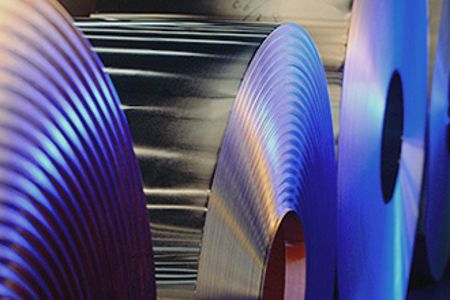
-
Mild Steel
Mild Steel has a low carbon content and is relatively soft, having a tensile strength of no greater than 340 MPa. Its good elongation and great formability make the steel popular for many applications ranging from regular to sophisticated machining. Its most common application is automotive parts.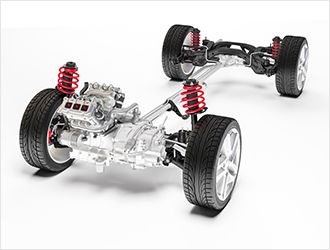
-
High Strength Steel
High Strength Steel is made by adding silicon, manganese, nickel, chromium, copper and other elements to carbon steel containing 0.2 percent of carbon for higher performance. With a tensile strength of about 50 kg/mm2, this steel features a reasonable level of strength and toughness.
High Strength Steel can be classified into bake-hardening steel, solid-solution strengthening and precipitation hardening steel. It also has many variants: BH (Bake-Hardenable) steel, HSLA (high strength low alloy), R (rephosphorized) steel, IF (Interstitial Free) HSS and ATOS (AuTOmobile Structural) steel.

-
Advanced High Strength Steel
Advanced high strength steel is metallurgically classified as transformation toughened steel using low-temperature transformation structure. Its variants include DP (Dual Phase) steel, TRIP (TRansformation Induced Plasticity) steel, XF (eXtra Formable) steel, TWIP (TWinning Induced Plasticity) steel, CP (Complex Phase) steel, Mart (Martensitic) Steel, FB (Ferrite and Bainite) steel and HB (Hyper Burring) steel. Among them, those having a tensile strength of over 1 GPa are called giga steel.
-
Post Heat Treatment Steel
Post Heat Treatment Steel allows you to define heating/cooling conditions before or after the processing of steel. Its types include HPF (Hot Press Forming) steel, Autobeam and Stab (Stabilizer).
* Autobeam and Stab are registered product names.

-
High Carbon Steel
A carbon steel product is called high carbon steel when it contains carbon of no less than 0.30 wt.% or contains carbon of no less than 0.15 wt.% and has an alloy element to allow for heat treatment. After final heat treatment, it has high strength and hardness. Its common uses include auto parts and industrial machines.

-
Steel for Structure
Our products for this application include those for general structures, welding structures and architectural structures. Their common uses include iron structures, bridges, ships and motor vehicles.
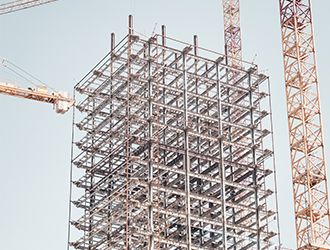
-
Weather Resistance Steel
This product contains special elements such as P, Cu or Cr for improved resistance to corrosion in different environments. It is classified into those resistant to weathering, those resistant to corrosion caused by sulfuric acid from the combustion of fossil fuel and those resistant to salt contained seawater.

-
Steel for Pipe and Tube
This product can be categorized into steel for structures, steel for pipes and steel for drawing. With superb weldability and formability, it is extensively used for architectural structures, pipe piles, gas pipes and car structures.
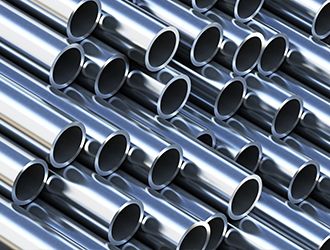
-
Steel for Oil Well Pipe
This steel is used for drilling in severely cold areas and for deep sea oil wells. It is characterized by high strength, good abrasion toughness and good resistance to corrosion.
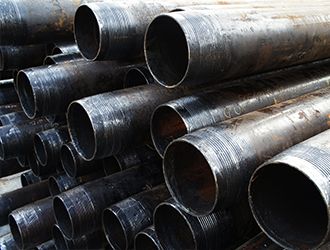
-
Steel for Linepipe
This steel is used to make line pipes that transport crude oil or petrochemical products. Its characteristics include high tensile strength, extremely low-temperature toughness, hydrogen-induced crack resistance and good weldability. This steel is classified into tensile steel that can withstand low temperatures and sour resistant steel that can defy corrosion.
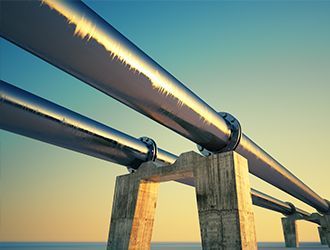
-
Steel for Gas Cylinder
This product is used to make high-pressure containers holding LPG, acetylene and other gasses. Featuring good machinability and resistance to pressure, it is used for containers having an inner volume of no greater than 500 liters.
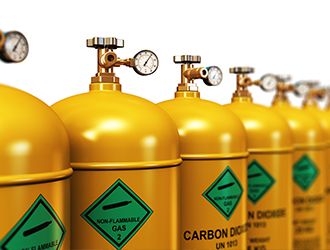
Contact
POSCO
6261, Donghaean-ro,
Nam-gu, Pohang-si,
Gyeongsangbuk-do,
Republic of Korea
Fotogalerie
Translator
ProfiBusiness.world
Products and technologies
Aerospace
Agriculture
Animals and pet supplies
Automotive
Banking and insurance
Boats and shipping industry
Building and architecture
Business
Education
Electrical industry
Electronics
Engineering
Environment
Finance, taxes and accounting
Flowers and plants
Food and beverage industry
For companies
Forestry and wood processing
Furniture
Gastronomy and hotel industry
Glass, ceramics and porcelain
Healthcare and pharmacy
Hobby and garden
Home and household goods
HR
Hygiene, drugstore and cosmetics
Charity and social responsibility
Chemical
Institution
IT and computers
Law and legislation
Management and certification systems
Minerals
Office
Packaging and packaging technologies
Paper industry
Plastic and rubber industry
Power engineering
PR and marketing
Printing and printing technology
Railway industry
Real estate
Safety, security and protection
Science and research
Social services
Sport and relax
Steel and iron processing
Telecommunications and the internet
Textile and leather industry
Tourism
Toys, games and entertainment
Transport and logistics
Agriculture
Animals and pet supplies
Automotive
Banking and insurance
Boats and shipping industry
Building and architecture
Business
Education
Electrical industry
Electronics
Engineering
Environment
Finance, taxes and accounting
Flowers and plants
Food and beverage industry
For companies
Forestry and wood processing
Furniture
Gastronomy and hotel industry
Glass, ceramics and porcelain
Healthcare and pharmacy
Hobby and garden
Home and household goods
HR
Hygiene, drugstore and cosmetics
Charity and social responsibility
Chemical
Institution
IT and computers
Law and legislation
Management and certification systems
Minerals
Office
Packaging and packaging technologies
Paper industry
Plastic and rubber industry
Power engineering
PR and marketing
Printing and printing technology
Railway industry
Real estate
Safety, security and protection
Science and research
Social services
Sport and relax
Steel and iron processing
Telecommunications and the internet
Textile and leather industry
Tourism
Toys, games and entertainment
Transport and logistics

